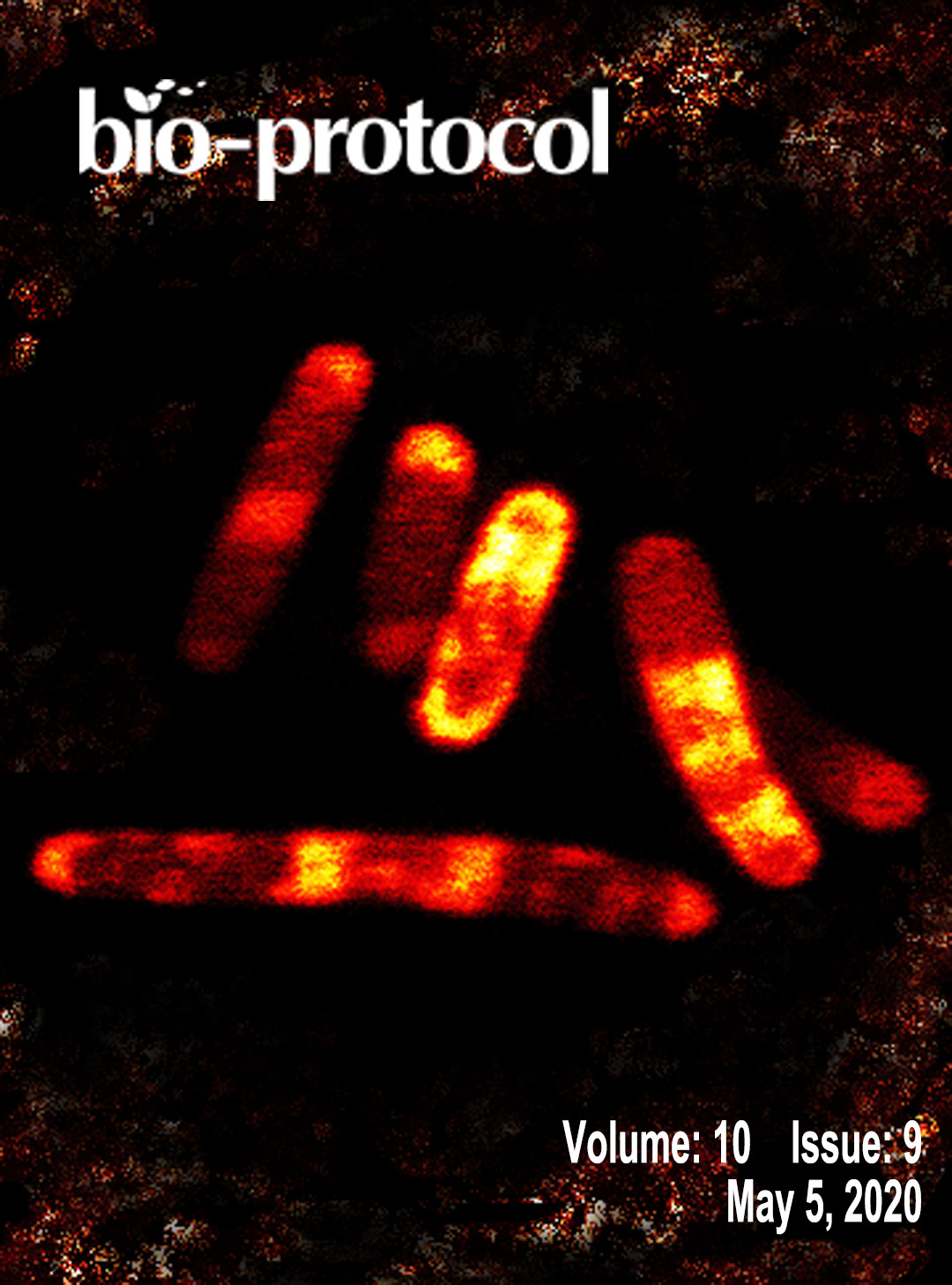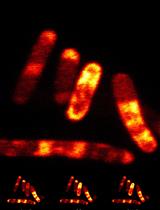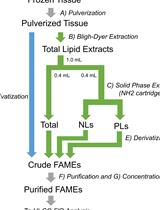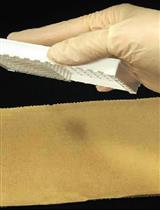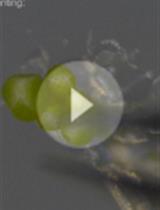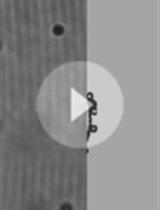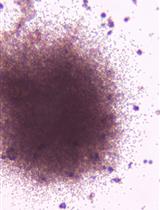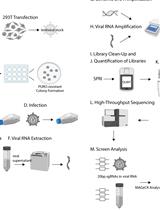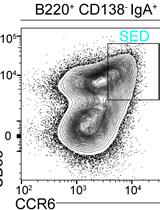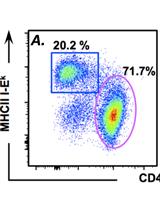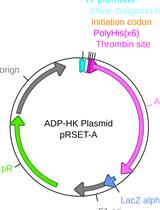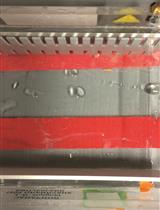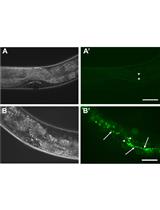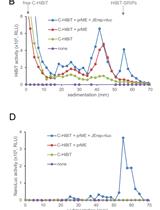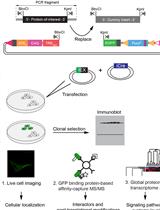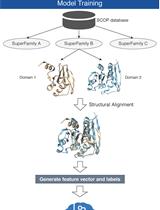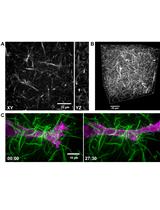往期刊物2020
卷册: 10, 期号: 9
生物化学
Confocal and Super-resolution Imaging of RNA in Live Bacteria Using a Fluorogenic Silicon Rhodamine-binding Aptamer
含氟硅-罗丹明适配体用于活性菌中RNA的激光共聚焦超分辨率成像
Quantification of Fatty Acids in Mammalian Tissues by Gas Chromatography–Hydrogen Flame Ionization Detection
气相色谱-氢火焰离子化检测法测定哺乳动物组织中的脂肪酸
癌症生物学
Colorimetric RhoB GTPase Activity Assay
比色法测定RhoB-GTPase活性
发育生物学
Live Cell Imaging of Male Meiosis in Arabidopsis by a Landmark-based System
地标系统在拟南芥雄性减数分裂活体细胞成像中的应用
Application of Mechanical Forces on Drosophila Embryos by Manipulation of Microinjected Magnetic Particles
机械力应用于果蝇胚胎的磁性粒子显微注射操作
A Modified Semisolid Clonal Culture for Identification of B-1 and B-2 Progenitor Colony Forming Ability of Mouse Embryonic Hemogenic Endothelial Cells
改良半固态克隆培养鉴定小鼠胚胎造血内皮细胞B-1和B-2祖细胞集落形成能力
免疫学
HIV-CRISPR: A CRISPR/Cas9 Screening Method to Identify Genes Affecting HIV Replication
HIV-CRISPR:一种CRISPR/Cas9筛选HIV复制相关基因的方法
Evaluation of B Cell Proliferation in vivo by EdU Incorporation Assay
通过EdU掺入法评估体内B细胞增殖
Assessing in vitro and in vivo Trogocytosis By Murine CD4+ T cells
用小鼠CD4+T细胞评价体内外胞啃作用
微生物学
A Sensitive Coupled Enzyme Assay for Measuring Kinase and ATPase Kinetics Using ADP-Specific Hexokinase
使用ADP特异性己糖激酶测量激酶和ATPase动力学的灵敏耦合酶活测定
Viral Double-Stranded RNA Detection by DNase I and Nuclease S1 digestions in Leishmania parasites
在利什曼原虫中利用DNase I和 Nuclease S1酶解进行病毒双链RNA鉴定
Quantification of Bacteria Residing in Caenorhabditis elegans Intestine
秀丽隐杆线虫肠道细菌数量测定
分子生物学
Split Nano Luciferase-based Assay to Measure Assembly of Japanese Encephalitis Virus
基于分割纳米荧光素酶的乙型脑炎病毒组装检测
神经科学
Rapid Generation of Human Neuronal Cell Models Enabling Inducible Expression of Proteins-of-interest for Functional Studies
快速建立能诱导表达功能研究所需蛋白的人神经细胞模型
系统生物学
Sequence Alignment Using Machine Learning for Accurate Template-based Protein Structure Prediction
基于模板的蛋白质结构精确预测的机器学习序列比对


